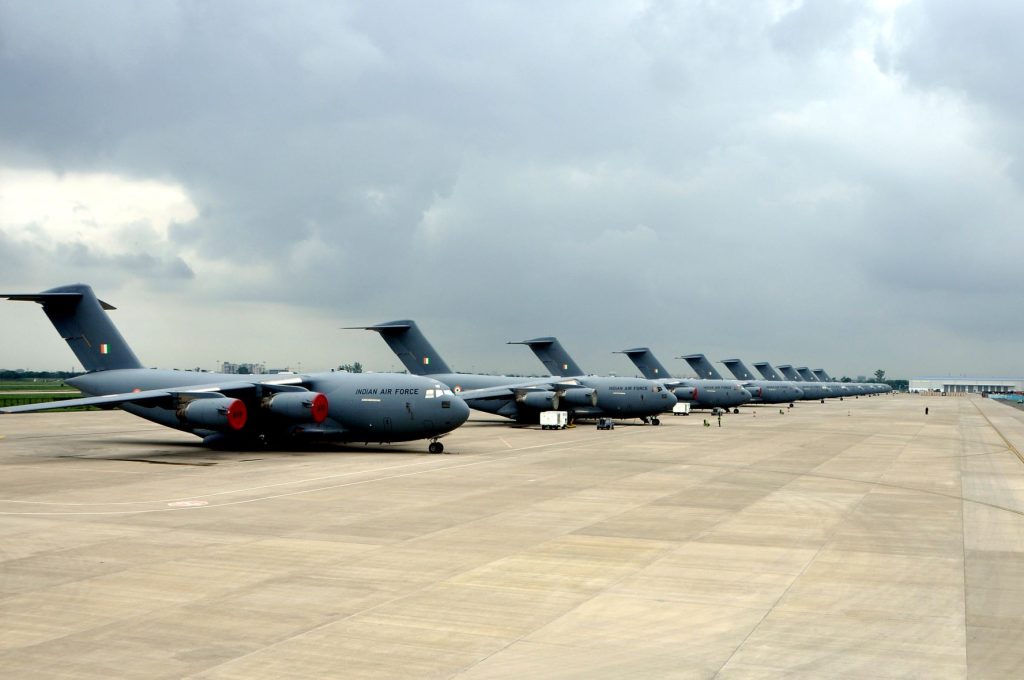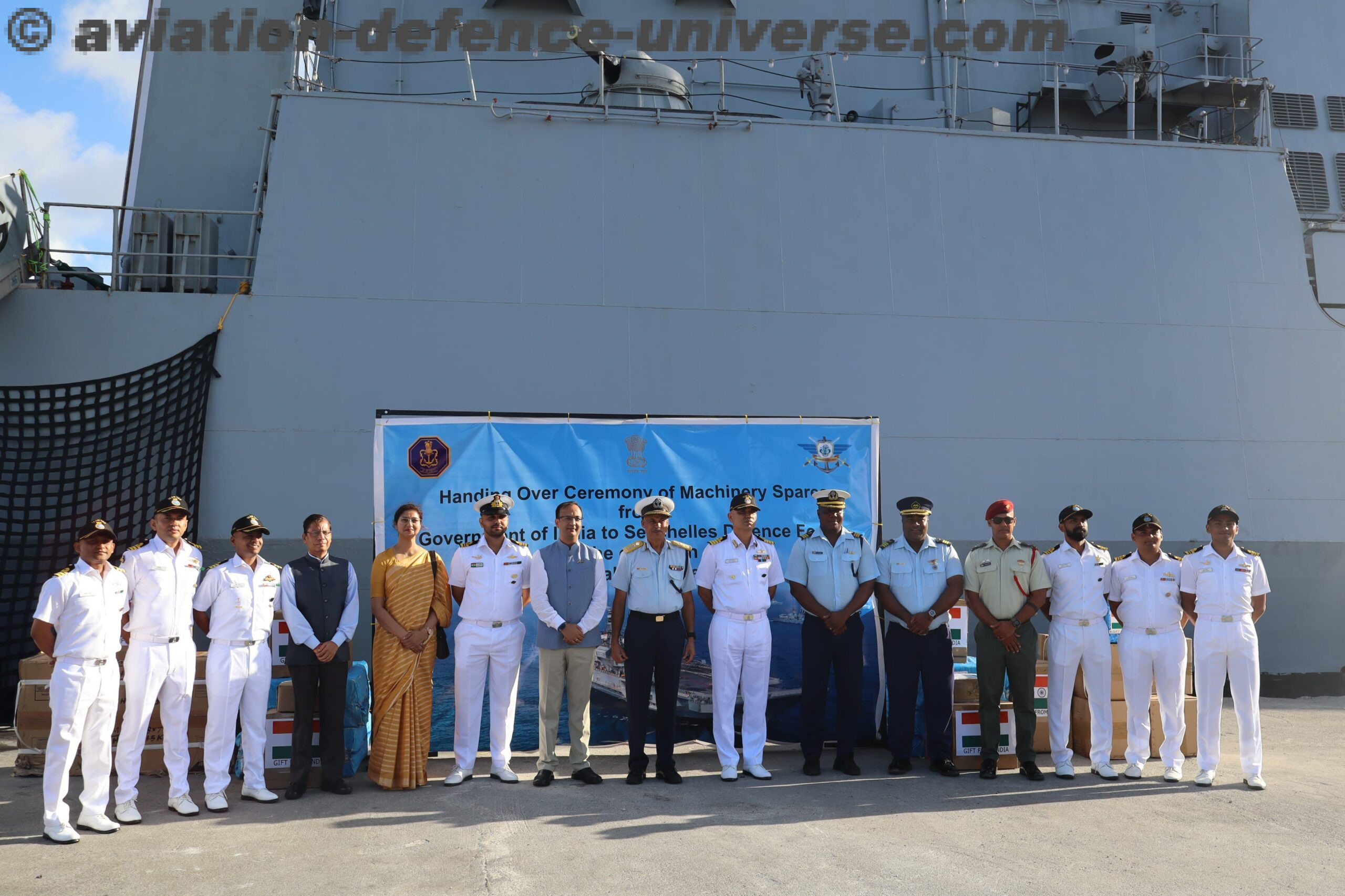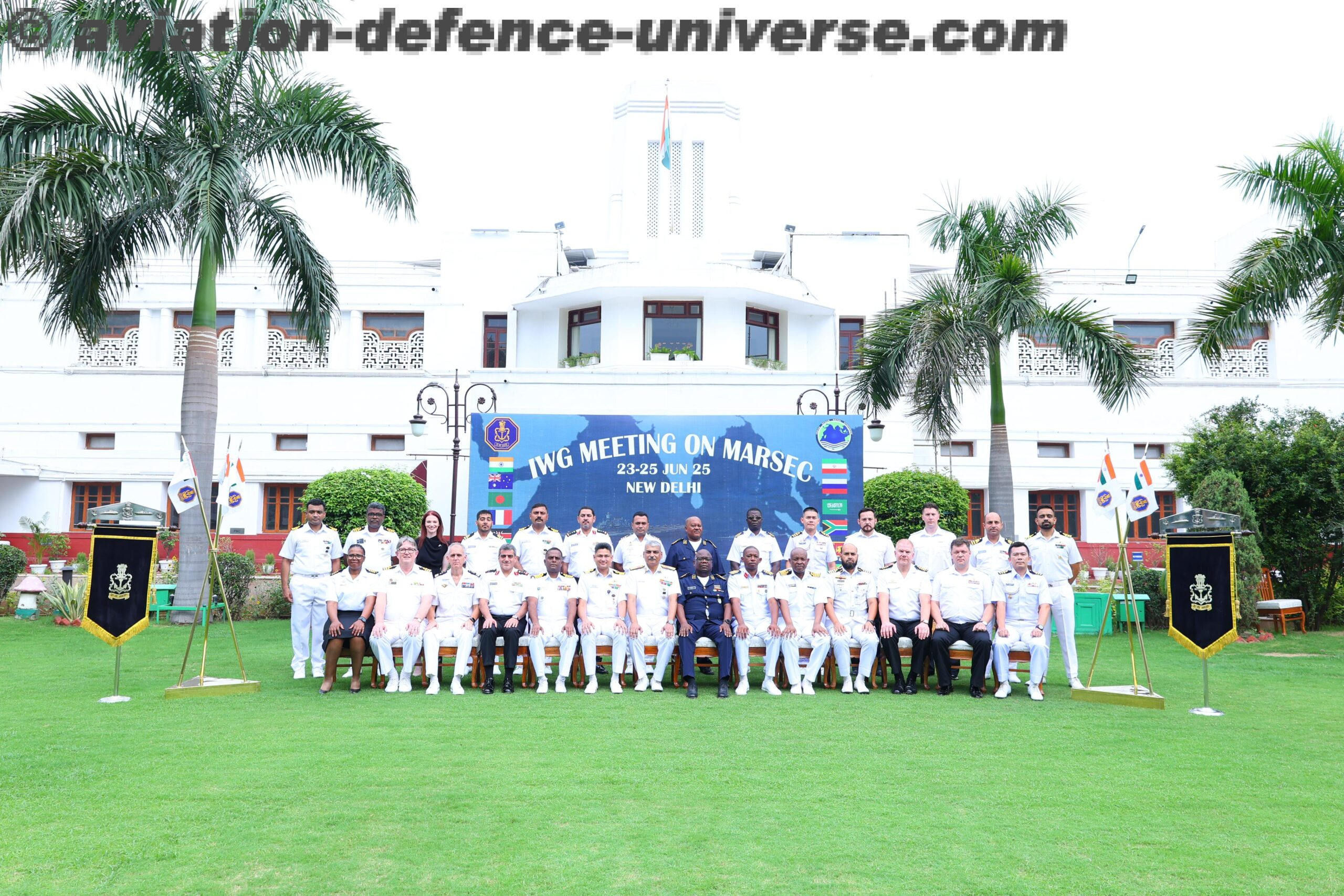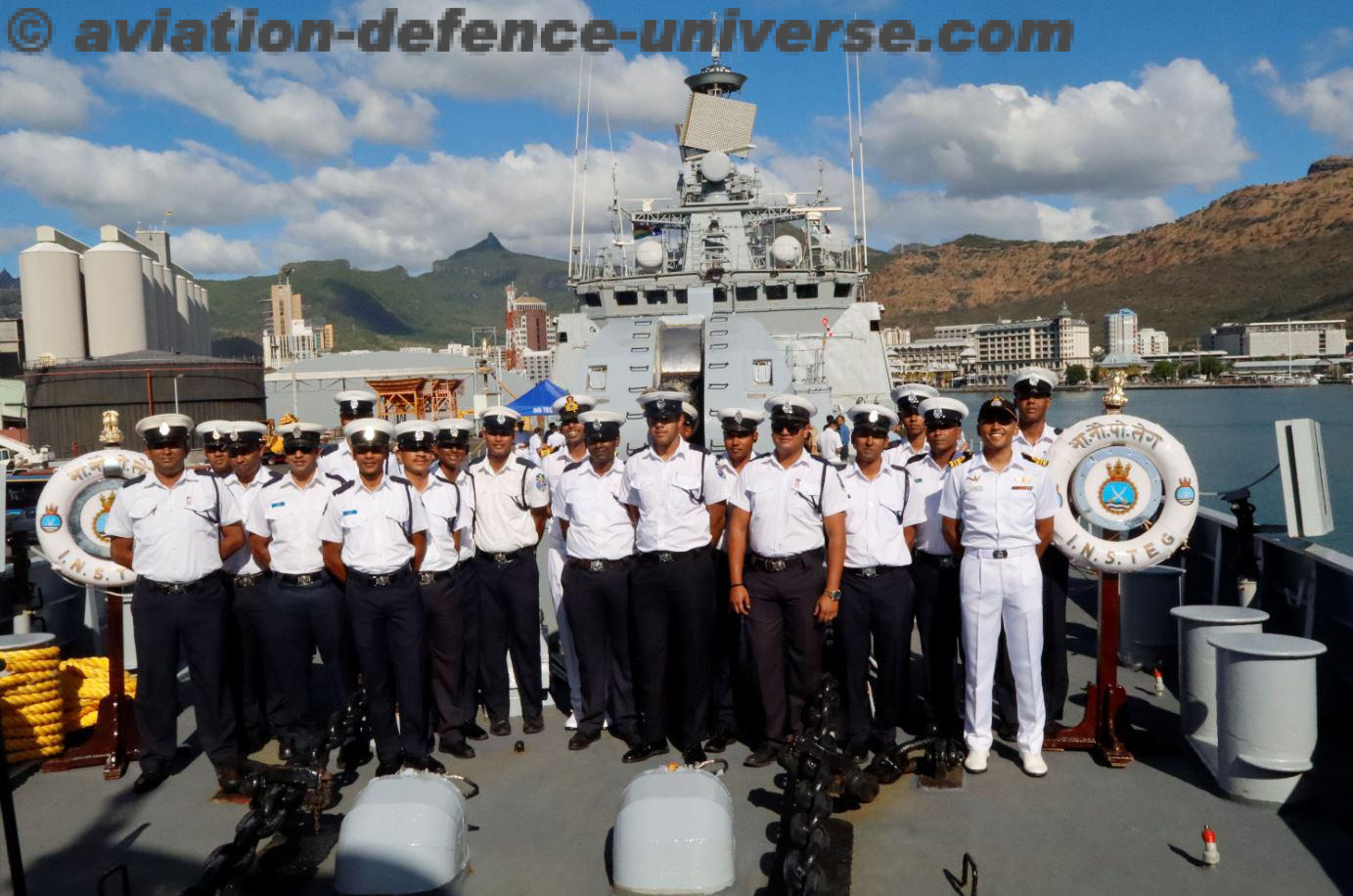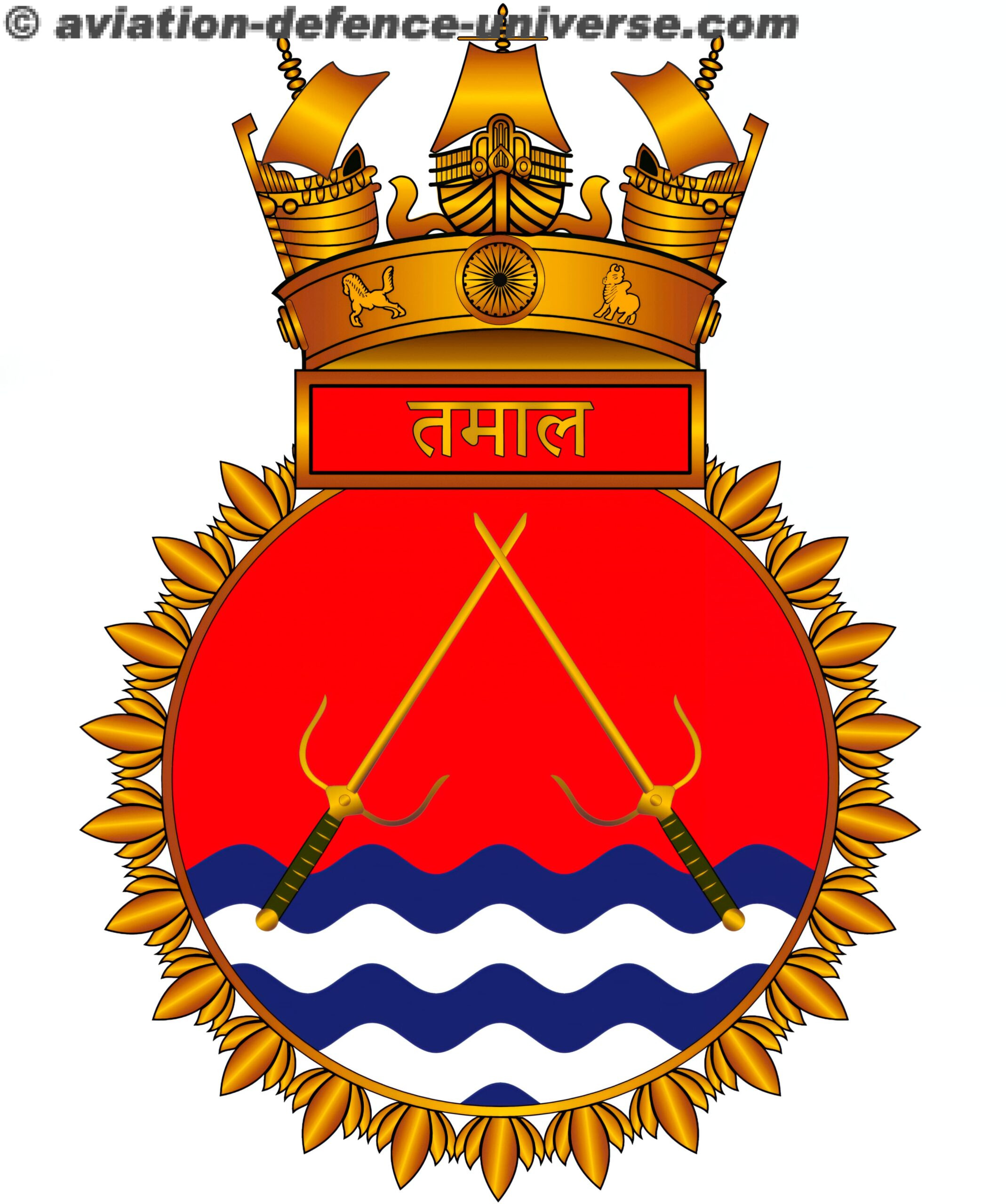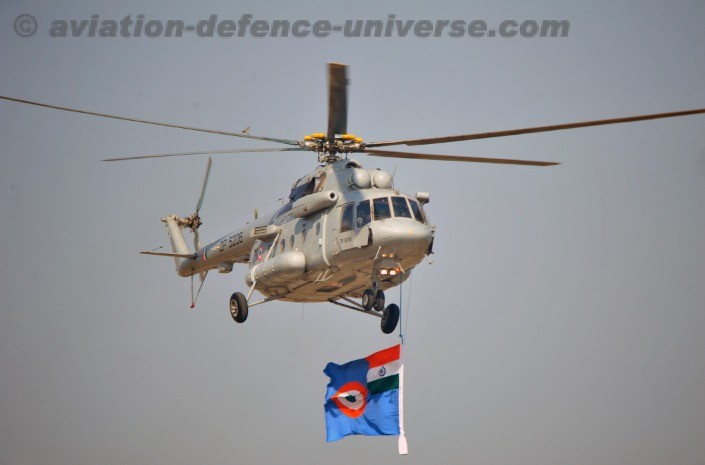
 By Group Captain Ashok K Chordia (IAF Veteran)
By Group Captain Ashok K Chordia (IAF Veteran)
New Delhi. 14 August 2022. Pathans supported by the Pakistan Army regulars were in the sleepy little town of Baramulla rampaging houses, looting shops and raping nuns in the local convent when a dithery Maharaja Hari Singh of Kashmir signed the Instrument of Accession. Had their calculations worked, the infiltrators would have occupied the capital of Kashmir and its vital airfields and would have seized control of the State for Pakistan. The timely airlift of the First Sikhs to Srinagar by the Indian Air Force (IAF) supported by the civil airliners, thwarted their nefarious design. A trailer of what was in the offing for the Air Force in the decades ahead, unfolded over the following days. Every available resource was pooled in to thwart the invasion. The Tempest aircraft not only attacked enemy positions and supply lines but also bolstered the morale of the troops holed up in the fort at Skardu by dropping cannisters containing rations and ammunition. Bullet-ridden fuselage of aircraft returning after landing troops in Poonch bore testimony to the high sense of duty of the air-warriors amid lurking threat.
That was 75 years ago. Timely delivery of ordnance to annihilate the enemy or moving mountains in support of the friendly forces and the civil administration anywhere would become the hallmark of the IAF operations in the times to come. It’ll be: “Mission first, always—with bravery, valour and devotion to duty!”
A lot of water has flowed into the Jhelum since the Air Force of a newly independent India contributed its bit to ensuring its territorial integrity. After that baptism by fire in 1947, the Men-in-Blue have risen to every occasion to meet challenges posed by external threat or when demanded by situations within the country. The IAF has carried out combat missions, supplied troops, undertaken Humanitarian Assistance and Disaster Relief (HADR) tasks with the same professionalism as it has supported the UN Missions abroad and the friendly countries in their times of need. It is well nigh impossible to cram that long and glorious past in a few paragraphs. This effort therefore, is limited to recalling some of the memorable milestones in the IAF’s journey to the Azadi ka Amrit Mahotsav.
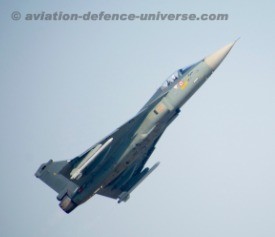
Think of the IAF today, and what comes to the minds of most people is the grand finale of the Republic Day Parade—helicopters dropping petals and combat aircraft flying past India Gate in the clear blue sky leaving a trail of tricolour smoke after contingents of immaculately turned-out troops have gone past the saluting dais. One is also reminded of the awe-inspiring display by the Surya Kiran Aerobatic Team or the enthralling display by Sarang, the Helicopter Display Team on other occasions.
There is more to the IAF than the occasional display of its power.
In the three quarters of a century gone by, men behind those magnificent flying machines have proved their worth in the wars with Pakistan and one with China and the occasional standoffs with those not-so-friendly neighbours.
Even time cannot erode some memories. Many will recall the bombing of the radio station at Bambolim by the IAF which contributed to the Liberation of Goa (1961). Likewise, the graveyard of Pakistani armour at Longewala bears testimony to the havoc caused by Indian fighters in the 1965 War with Pakistan.

The exploits of the IAF in Indo-Pak War (1971) will always be remembered with awe. It was the heli-bridging of the Meghna and its tributaries that gave the Indian Army a distinct advantage against the enemy in East Pakistan. The paradrop over Tangail—the biggest since WW II—further strangulated the harassed adversary. The rocket attacks on the Government House in Dacca were the proverbial last straw that broke the camel’s back. The IAF contributed, in good measure, to the biggest surrender in the history of warfare—a 93,000 strong Pakistan Army led by Lieutenant General AAK Niazi laying down their arms—and the birth of Bangladesh.
In its effort to secure the skies, the IAF has acted aggressively to deter the adversary, and to inflict instant punishment, whenever the situation has demanded. The IAF was employed in an offensive role rather late in Kargil, and with great caution, to avoid escalation. Helicopters deployed to attack the enemy positions unnerved them. Still later, precision bombing by the Mirage 2000 aircraft unseated the entrenched infiltrators. Perhaps a similar conscious use of the IAF in an offensive role might have resulted in a different outcome of the Sino-India War (1962).
A month after the Kargil misadventure by Pakistan, a Breguet Atlantic maritime patrol aircraft of the Pakistan Naval Air Arm that entered Indian air space, and exhibited hostile intent, was shot down by MiG-21 fighter aircraft scrambled from Naliya. It was a clear message to Pakistan that India would respond firmly to provocations. But, unmindful of the occasional warnings, Pakistan has continued to test the limits of India’s patience.
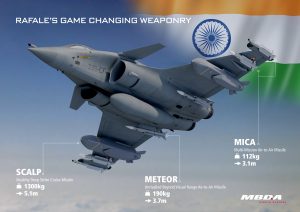
‘Bleeding India through a thousand cuts’, has long been Pakistan’s declared policy. Limit of patience was breached when Jaish-e-Mohammed (JeM), a Pakistan based terror group carried out a suicide attack on a convoy in which 40 CRPF men were killed in Pulwama (2019). Pakistan did not concede India’s demand to handover Masood Azhar, the leader of the group residing in Pakistan. India warned Pakistan of ‘an appropriate response at a time and place of its choosing’. What better way to carry out the dare than to precisely strike a terror camp well inside Pakistan! In the wee hours of February 26, 2019, IAF jet fighters supported by AWACS and aerial refuellers got airborne from dispersed airbases in India. They flew across the Line of Control (LoC) and the border between India and Pakistan and carried out strikes on a terror camp at Balakot. The incident led to heightened tensions in this part of the world considered volatile because of the nuclear status of the two neighbours. Although India had a justification for carrying out those strikes, Pakistan went to town portraying India as an aggressor and itself, a victim. The armed forces on both sides went on full alert as Pakistan retaliated with a counter airstrike. There was renewed sabre-rattling. Battle cries could be heard, louder in the media than on the borders. In one instance, Pakistan even pointed at the possibility of inadvertent use of nuclear weapons. Sense prevailed on the Pakistani leadership or, was it the fear of infliction of more severe punishment? The war clouds that had appeared on the horizon, dissipated in due course of time.
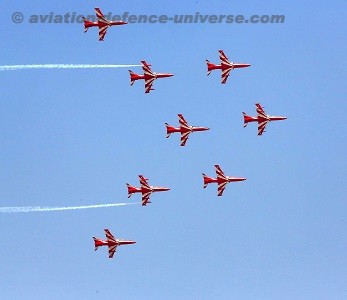
In addition to securing its own skies, the IAF has fulfilled India’s commitment to the comity of nations. IAF contingents with helicopters in different roles have been integral parts of UN Missions in several countries—Somalia, Sierra Leone, Congo and Sudan. Their professionalism has made IAF a much sought contingent.
IAF has been in the forefront of assistance extended by India to heads of states and governments threatened by imminent violent and unlawful removal. Air evacuation of King Tribhuvan of Nepal from Kathmandu amidst military revolt and coup by the Ranas (1950) is a less known event which paved the way for strong and long-lasting India-Nepal relations. More recently (1988), a band of Sri Lankan (Tamil) mercenaries hired by a Maldivian businessman tried to overthrow the democratically elected government of President MA Gayoom of the Maldives. In response to his SOS call to the Indian Government, daring IAF pilots airlifted paratroopers from Agra and landed them on an unfamiliar short runway in the dark of the night with practically no landing aids. The troops rescued the President and secured the islands. Operation Cactus undertaken at a very short notice, proved the prowess of Indian military and diplomacy and projected India as a force to reckon with in the IOR.
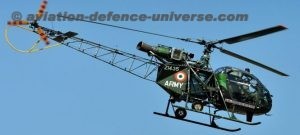 Earthquake in Gujrat, or the Tsunami in the Indian Ocean, or the cloudburst in Leh/Laddakh, or the floods and landslides in Uttarakhand—in all these situations, the IAF has played major role in supporting the civil administration—delivering relief supplies, saving lives and mitigating the misery of the affected population. IAF’s role of a saviour-from-the-sky extends way beyond our country’s borders. It has delivered essentials—blankets, medicines, food and water—all over the world from Port au Prince to Malé. Operation Neer ((2014) was conducted to help Maldives which suffered a major drinking water crisis. The IAF deployed its C-17 and IL-76 transport aircraft to airlift 374 tonnes of drinking water to Malé in two days. Relief materials were airlifted to Fiji in February 2016. New Delhi also provided relief supplies and medical assistance to flood ravaged Sri Lanka (2017) and rescued Bangladeshis from Cyclone Mora. The list is long.
Earthquake in Gujrat, or the Tsunami in the Indian Ocean, or the cloudburst in Leh/Laddakh, or the floods and landslides in Uttarakhand—in all these situations, the IAF has played major role in supporting the civil administration—delivering relief supplies, saving lives and mitigating the misery of the affected population. IAF’s role of a saviour-from-the-sky extends way beyond our country’s borders. It has delivered essentials—blankets, medicines, food and water—all over the world from Port au Prince to Malé. Operation Neer ((2014) was conducted to help Maldives which suffered a major drinking water crisis. The IAF deployed its C-17 and IL-76 transport aircraft to airlift 374 tonnes of drinking water to Malé in two days. Relief materials were airlifted to Fiji in February 2016. New Delhi also provided relief supplies and medical assistance to flood ravaged Sri Lanka (2017) and rescued Bangladeshis from Cyclone Mora. The list is long.
The uneasy equilibrium of the geopolitical environment prevailing over the last three decades has bestowed added responsibility on the IAF; that of evacuating expatriates and citizens of friendly countries from disturbed regions in different parts of the world. The Indians abroad are entitled to government assistance in times of need and consular protection at all times. It is a sovereign obligation of the Government to protect them. As the trend suggests, geopolitical scenarios deteriorate at tremendous pace. Events occur and become unmanageable in short spans of time.
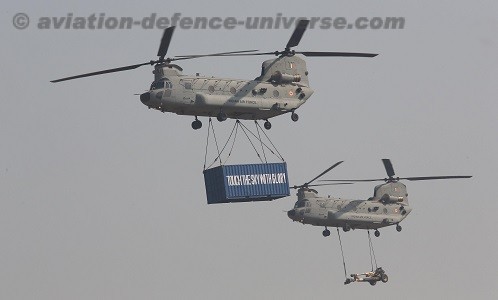
The air evacuation of Indian expatriates from Kuwait (1990) was the biggest ever evacuation by air, and it was perhaps the ‘biggest strategic airlift since World War II’. In nearly 500 sorties spread over 60 days, Air India and the IAF together airlifted 1,76,000 Indians. It was a similar story in Yemen, Afghanistan and Ukraine.
In the din of everyday national life significant effort of the IAF goes unnoticed. Silently, day after day, the IAF carries out the routine air maintenance of troops that keep vigil on the borders in the snowy Siachen and the exotic east. The dedicated pilots brave weather and fly in inhospitable terrain to deliver supplies to the troops manning the posts in far-flung areas.
The Air force has grown in strength and acquired new capabilities to secure the Indian skies. The ability to land at high altitudes (Daulat Beg Oldie) and on national highways will prove to be a force multiplier. Induction of new and state of the art aircraft and air defence equipment will bolster its might. On the whole, a professionally determined Air Force that delivers has made India deviate from a path of reconciliation and take the path of retaliation. It is a welcome change that will guarantee higher levels of peace in the future.
Group Captain Ashok K Chordia (Retd) is the Author of Operation Cactus: Anatomy of one of India’s Most Daring Military Operations. The views in the article are his. He will be available at akchordia@gmail.com.
